Chicken Road Physics: Breaking It Down
Ever wondered about the scientific principles behind the classic conundrum of why the chicken crossed the road? Let's dive into the physics of this age-old question with some easy-to-understand explanations and diagrams.
1. Newton's First Law of Motion
The chicken, initially at rest, requires an external force to start moving. This force could be:
- Hunger (biological drive)
- Predator avoidance (survival instinct)
- Curiosity (cognitive stimulus)
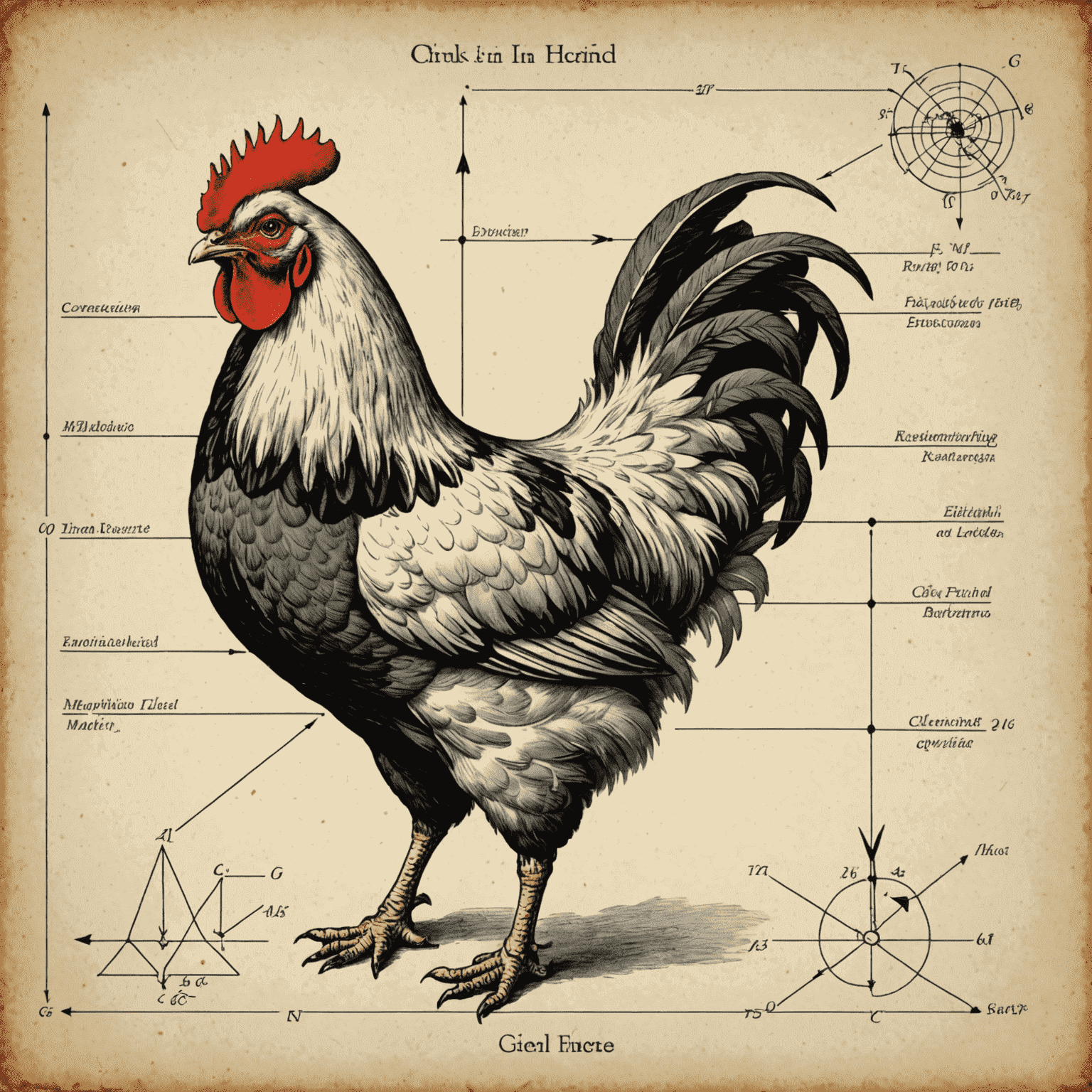
2. Kinematics
The chicken's journey across the road can be broken down into three phases:
- Acceleration from rest
- Constant velocity across the road
- Deceleration to stop
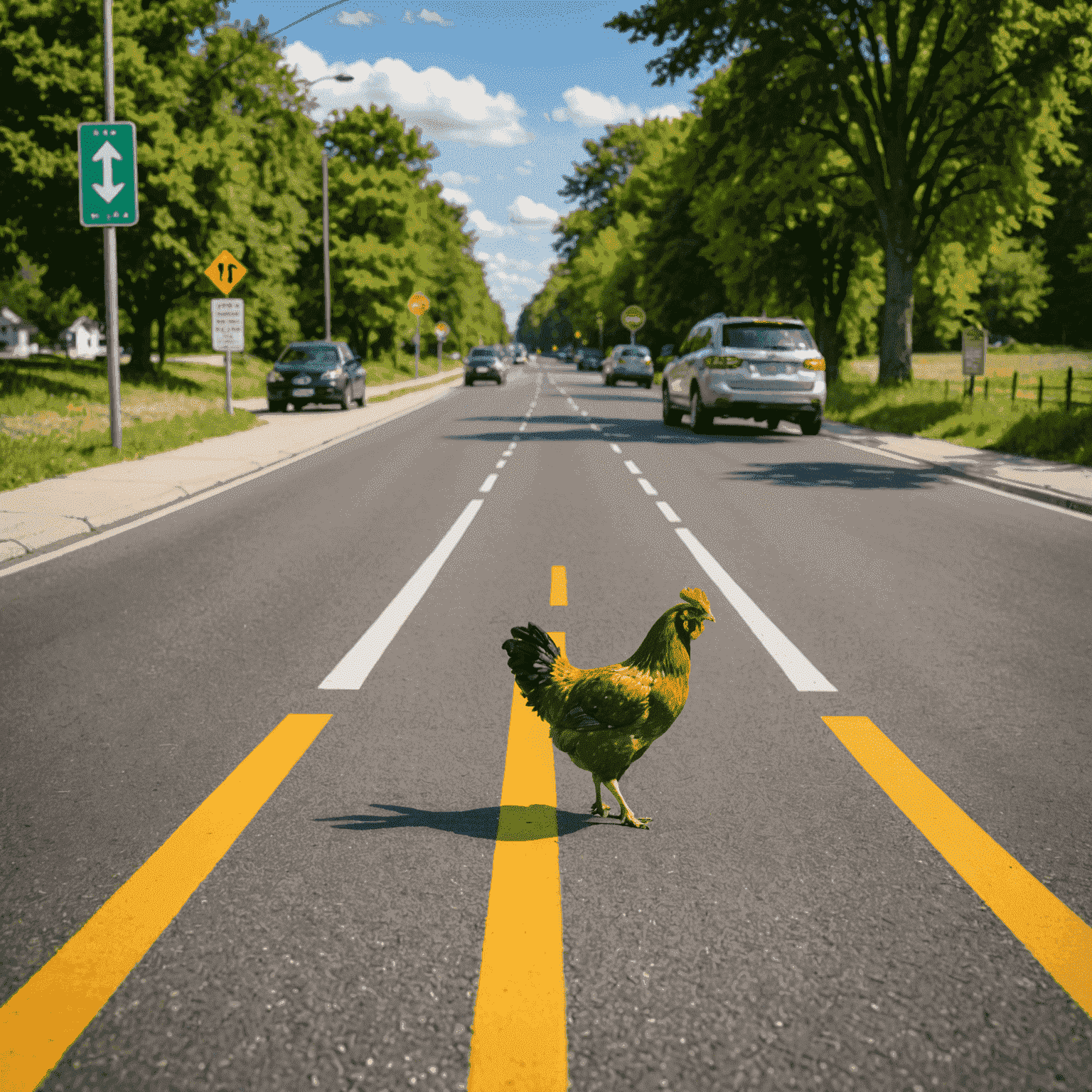
3. Energy Conservation
The chicken converts chemical energy from food into kinetic energy for movement. Some energy is lost as heat due to friction with the road surface.
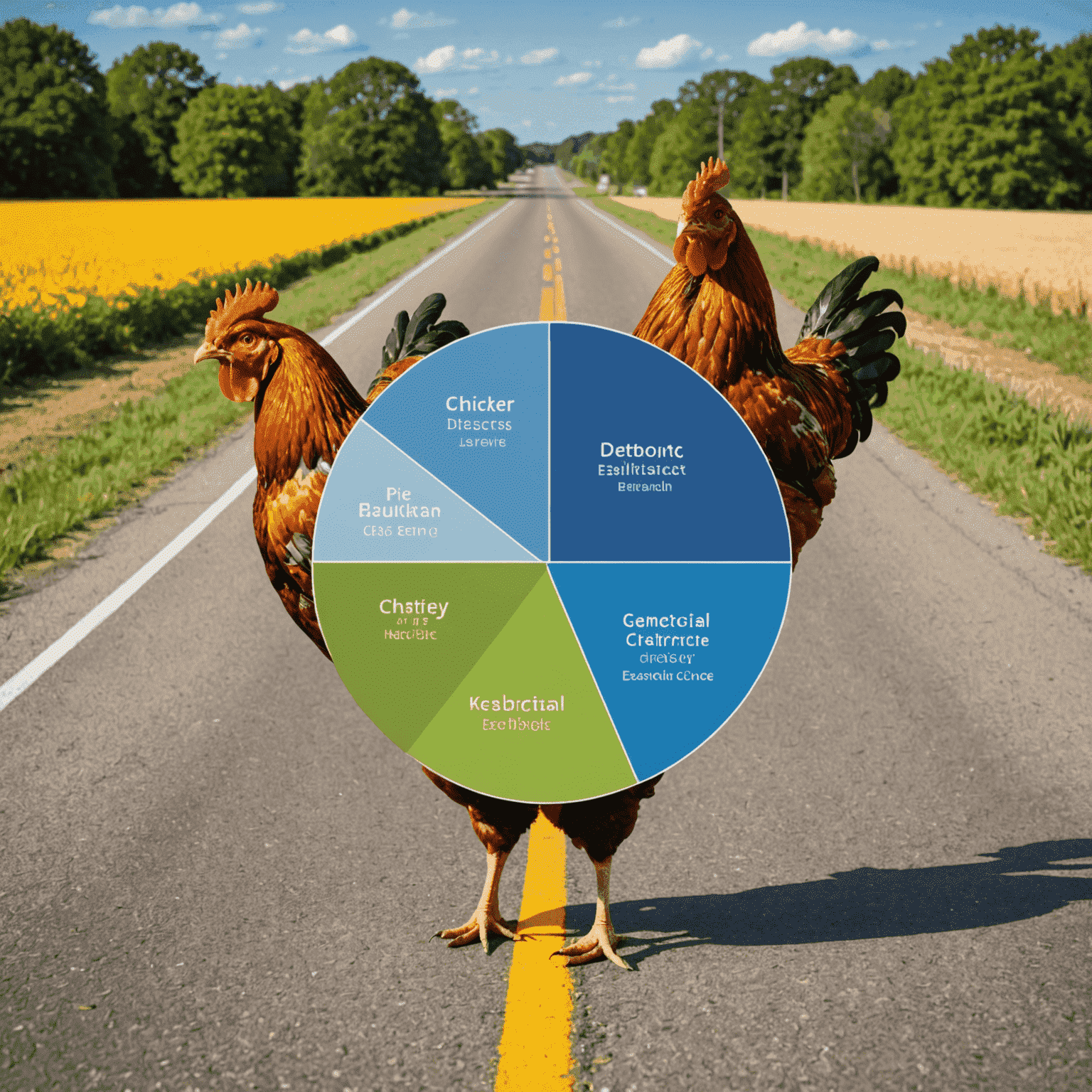
4. Biomechanics
The chicken's bipedal locomotion involves:
- Alternating stance and swing phases
- Center of mass oscillations
- Wing stabilization
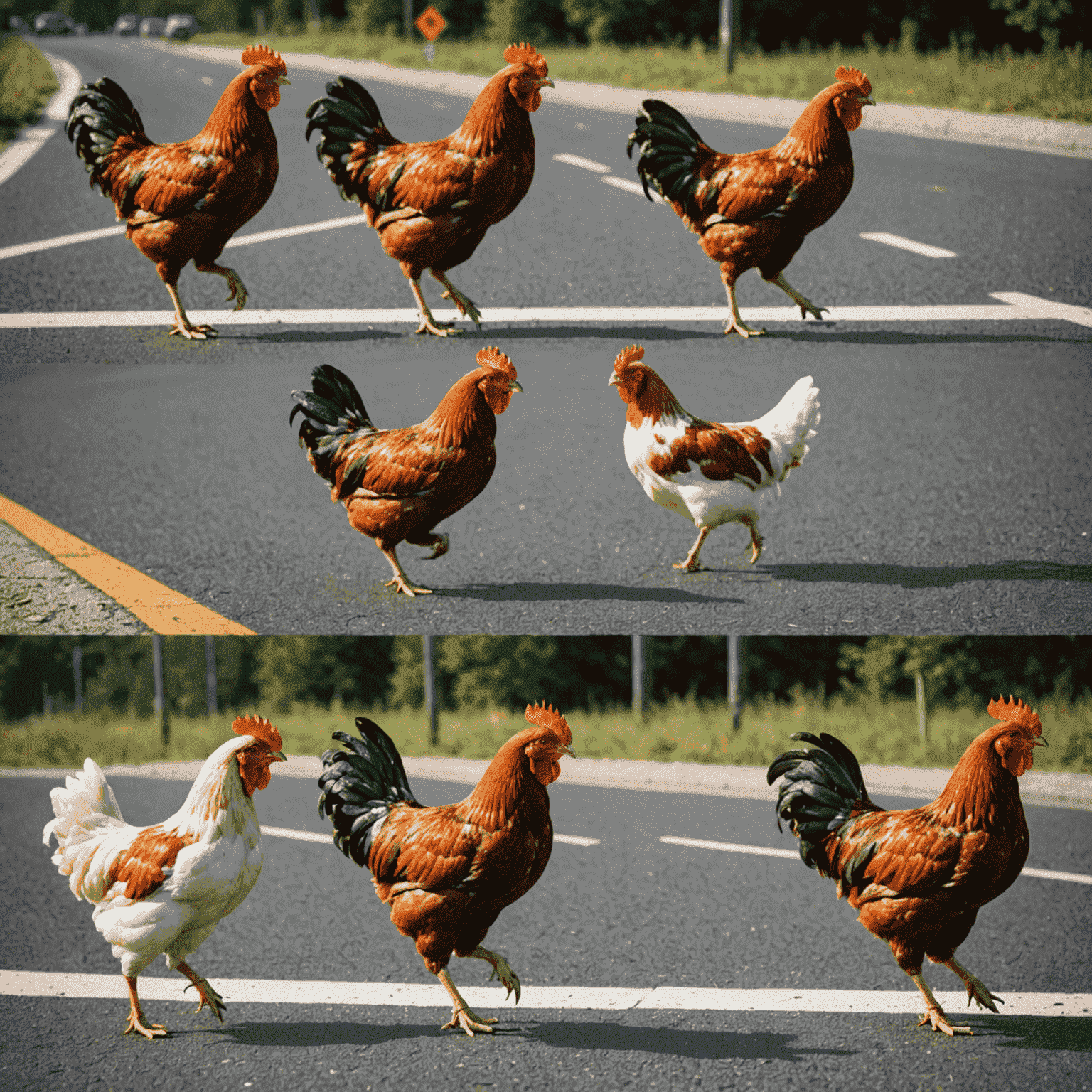
5. Environmental Factors
External physics concepts affecting the chicken's journey:
- Air resistance (negligible for low speeds)
- Road inclination (potential energy changes)
- Surface friction (affects acceleration and deceleration)
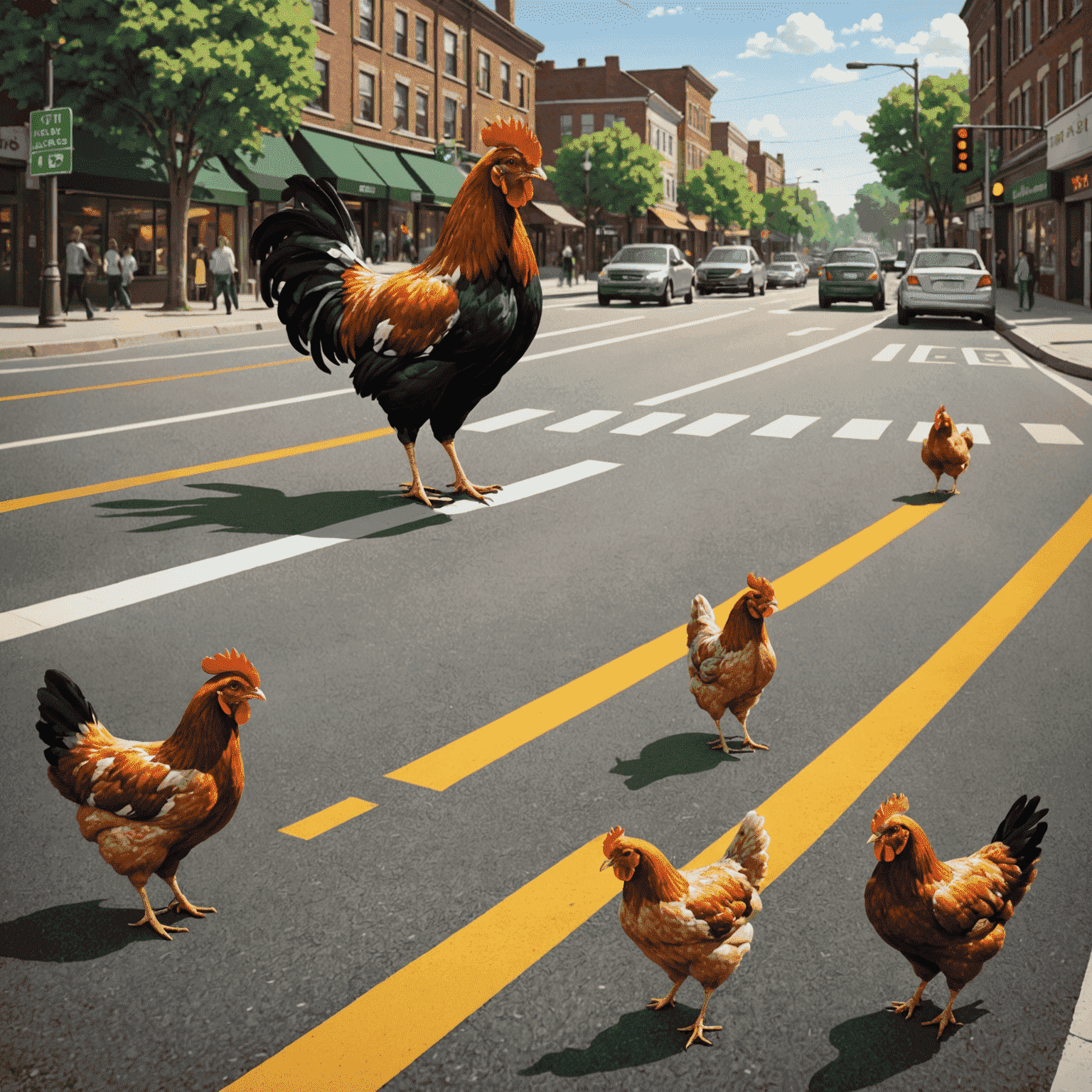
Conclusion
While the question "Why did the chicken cross the road?" may seem simple, the physics behind it is quite complex. Understanding these principles not only satisfies our curiosity but also provides insights into animal behavior, biomechanics, and basic physics concepts that apply to many real-world scenarios.